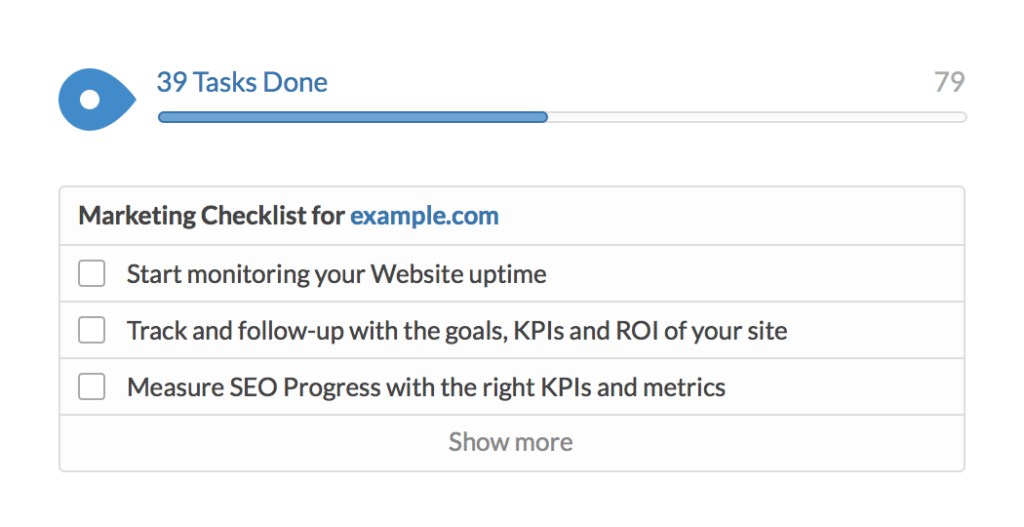The focus of ecommerce lately has had one overarching trend: improving the customer experience. And it’s for good reason; by 2020, customer experience will overtake price as the main product differentiator. From better mobile capabilities, to unique unboxing experiences, there are countless ways to win over customers and great repeat business.
Thanks to our friends at the Ecommerce Marketing Institute, here are the top ecommerce trends of 2017.
Mobile is First Priority
You may be tired of hearing about mobile, but its importance needs to be emphasized. It’s not always enough to have an adaptive website. Sometimes you need to create experiences specifically for mobile. This sometimes means creating pages mobile-first. Acceptance of mobile payments, like Apple Pay, is important too. All of these actions are geared toward making it as easy as possible to transact. Take advantage of a customer’s impulse to buy your product when they see it on their phone; otherwise they may go elsewhere.
Personalize with Big Data
Tie all of the customers’ channels together- your website, their social, etc., to develop offers and experiences specifically for them. Offers can display on-page or in-email. Segmenting offers to match with personal preference is much more effective than a mass, impersonal email. Also providing seamless experiences from device-to-device makes for a better personal customer journey.
Learn more about personalized marketing here.
Use Chatbots and AI
With the advance of Artificial Intelligence technology, it’s becoming easier than ever to provide a high-quality customer service experience using chatbots. Chatbots can be located on a brand’s website, Facebook Messenger, and countless other Chat apps. Creating a quirky personality for your bots can even make the experience entertaining. Further, buying capabilities in-chat are improving as well, making it very possible that in-chat purchases may increase in frequency during the next few years.
Social Selling
Social selling has not taken off as fast as some have expected, but with Facebook running out of ad space and looking for new sources of revenue, social selling seems like a viable option. All the social networks you can think of are trying to make this happen- Facebook, Twitter, Pinterest. Because of these networks’ commitment to social selling, it’s very likely this practice may become more mainstream.
Deliveries Faster than Ever
Amazon has put same-day deliveries in the spotlight. When we order a product, we don’t want to wait a week or two for our item; we want it now. In fact, 29% of consumers are actually willing to shell out extra cash if they can receive their product same-day. Beyond Amazon, UberRush and Postmates are also capitalizing on the demand for same-day delivery. Postmates, for example, can usually deliver products from the store in under an hour.
Make the Unboxing Experience Shareable
Brand Shore Projects gives little free things in their boxes with every watch ordered. They make for a nice surprise when the customer receives the package. The visually appealing unboxing make them great to photograph and share on social media as well.
By creating an unboxing experience people want to share, you let them do some marketing for you. Publishing both a photo and some rave review about the experience. And this not only helps put you in front of new audiences, but also helps you to improve customer relationships and build brand loyalty.
Bonus: Virtual Reality
Although not likely to take off in 2017, it’s very probable that virtual reality may play a role in ecommerce purchases during the next decade. One major issue of online transactions is the reliance of 2-D pictures and textual descriptions. Virtual reality may eventually offer a way for users to see an object’s in the third dimension in real size.
Ecommerce Easier than Ever
As stated earlier, it’s all about customer experience. Same-day deliveries, virtual reality, unboxing, mobile, personalization, and selling across platforms; all are examples of a more seamless and easy consumer experience. Giving customers the tools to buy where and when they want and have it delivered as quickly as they’d like contribute to a more positive experience. As price becomes less important to customers, they’ll see an increasing number of options in how they buy products online.
The Ecommerce Marketing Institute specializes in marketing ecommerce sites. For more details, head over to ecommercemarketinginstitute.org.



